The end of May is the best time here in this garden as everything is reaching maturity and is full of fresh growth especially the hostas which are my favourite perennial along with rodgersias and darmera but it is total war out there where the hosta is concerned as from the first time the leaves pop up in early April you have an army of slugs lurking but you have a chance if armed with slug pellets and by choosing big thick leaved plants such as the seiboldiana varieties , Elegans , Halcyon and Francis Williams which the slugs seem to leave alone .
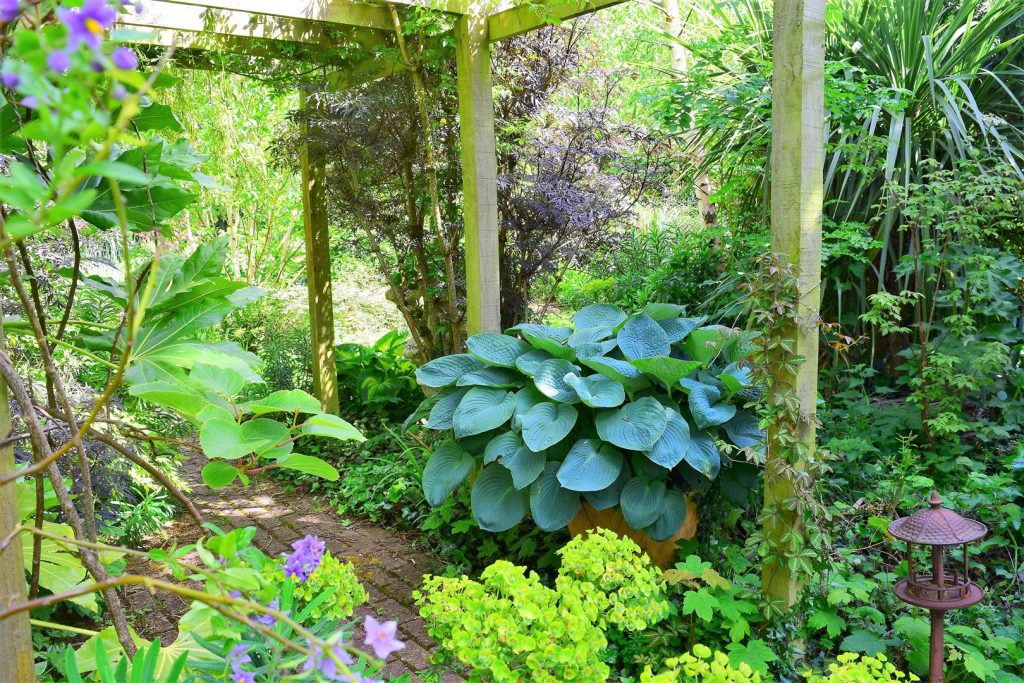
I have planted a new variety of hosta ( new to me ) these past two years , the variety June which has a light variegation and is not as brassy as some of the other variegated varieties , voted hosta of the year in the US when first introduced back in 1981 and I have come to rank it as an equal even to Elegans which I have loved for the past forty years as it really is a delicate subtle plant the complete opposite to the in your face shouty Elegans … might be an age thing !
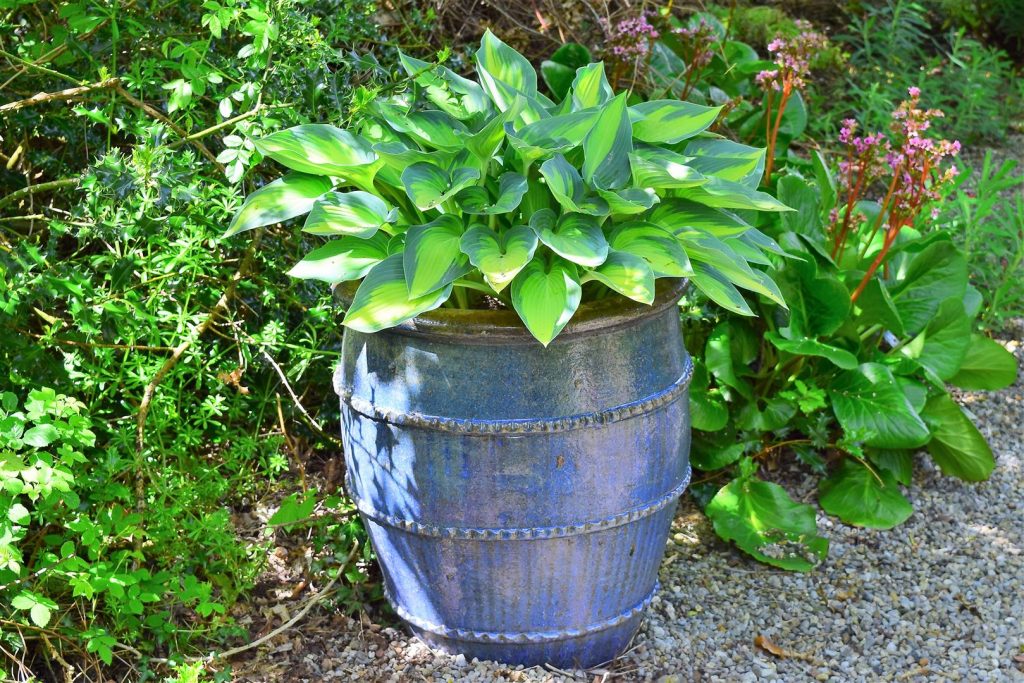
May is also the month for planting out summer bedding annuals after the danger of frost has passed and for a lot of casual gardeners this is the start of the season when they get the annuals out , my Father was a strictly annuals man , rows of white alyssum interspersed with blue lobelia year after year . I use annuals mainly as fillers in pots and like to use trailing nusturtium to add some structure and a hint of untidiness and I also use cosmos and anthirrinums among the perrennials .
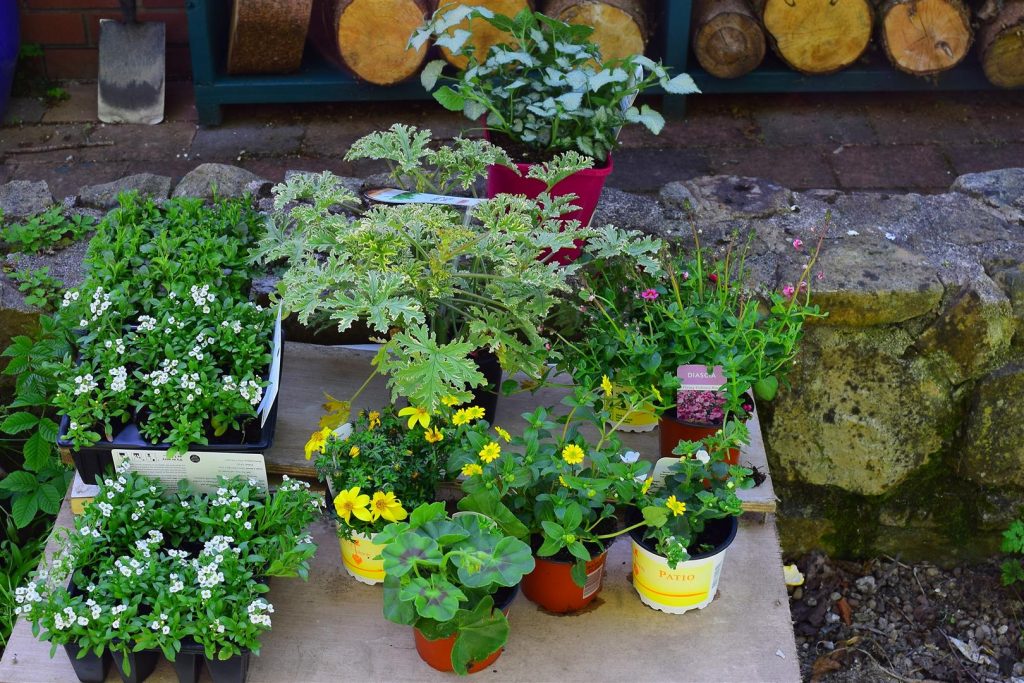
Now is a good time to plant bulbs for autumn flowering such as gladioli , a plant similar in appearance to the iris in bloom right now . I am not a fan of gladioli as they generally are planted in isolation in perennial beds or cottage gardens and they die back badly leaving long stalks of dead flowers waving in the wind however in April I bought a few packets of bulbs at the garden centre and planted them among the grasses along the mixed border bed where they will only be noticed when they come into flower in September and their die back will be concealed among the grasses and other plants , I am using two colours , red and cream , they need full sun to really show and perhaps hidden among deep planting before they reach full height they may not thrive , time will tell .
Snezana this week opinioned / decided she would like to plant two fruit trees , a mulberry and a quince , as “ they are both trees from where I grew up ” , the town of Bitola , in Macedonia about five miles from the Greek border … officially Macedonia since early this year is now called Northern Macedonia to placate the Greek right wing nationalists who feel they own the patent to the word Macedonia and who have imposed this name change after a political battle of 25 years where they blocked the Skopje Government at every turn on the road to NATO and EU membership … I worked in Skopje for two years in the 1990’s and have been back many times .
I have loved the country ever since so for me it will always be MACEDONIA !
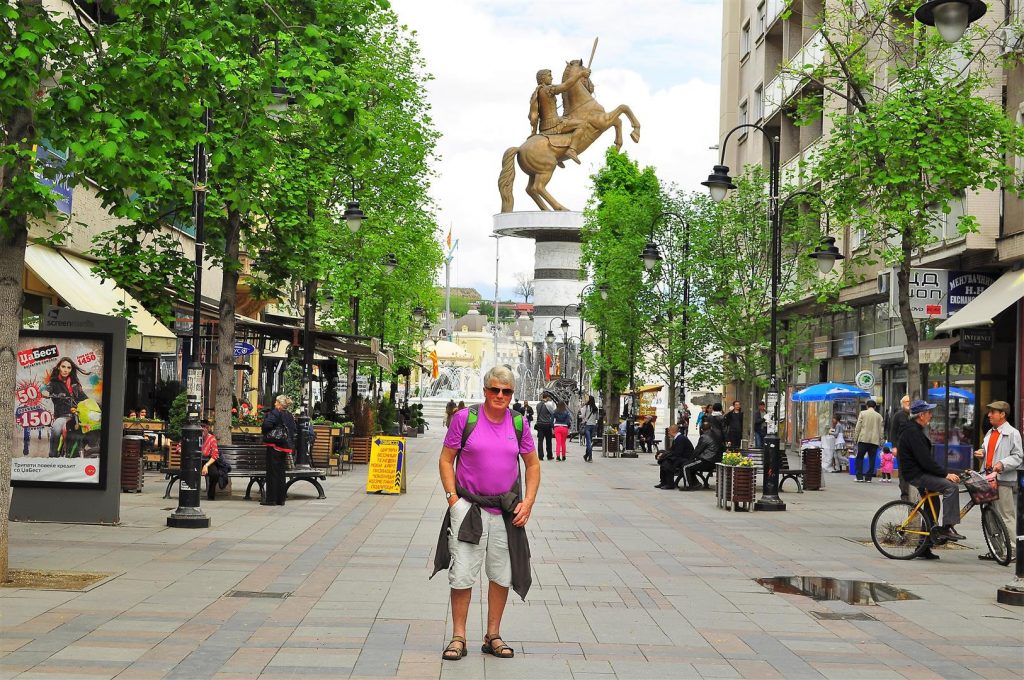

Anyway I digress , so back to the mulberry and quince trees , and I said fine where would you like me to plant them but the place she wanted them was water logged in winter and totally unsuitable and I suggested another location of her choice … but she only wanted that spot and it highlighted a difference between us as gardeners , she gardens romantically , from the heart as it were so because she wanted a mulberry tree in that location that is her only choice wheras I garden from a pragmatic basis and while yes a mulberry or quince tree would be lovely in that location I have learned from nearly 20 years experience of planting in this garden that the tree will die after a few years struggle against the watery soil … there is a place for romance in the garden definitely but again maybe it’s an age thing for me but I have given up the fight for the right plant in the wrong place !
I was gardening in Croatia for ten days at the beginning of May , my first visit to the garden there this year , doing a stock take on what came through the winter from the new planting last year and what thrived best . The harsh sun and lack of water in the summer months is the biggest killer and you really can rely only on those old reliable drought resistant lavenders and rosemary but if you grow them with and among olive trees what more can you want but even with these you only get one shot at planting them September / November and as I have learnt the hard way planting in May unless you are there to provide regular watering is a recipe for disaster .
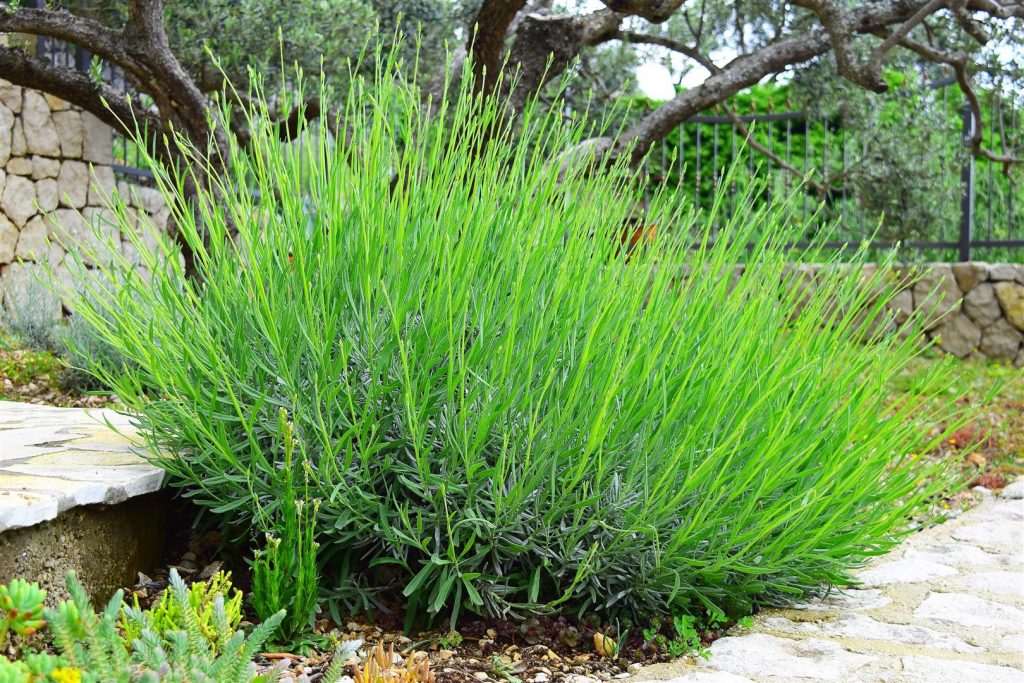
Two years ago in May I planted up the new garden but lost most of it even the lavenders and rosemary as there was a period of about five weeks that August when there was no one around to water and that did for the new plants so now I plant only September /October and after a winter putting down roots survival is less problematic and after the first year the plant really takes off and looking this month at the now two year old rosemary and lavander I realise we are only fooling ourselves in the UK and Ireland that we can grow mediterranean type plants and you only have to look at the photos I took earlier this month to see the !
My favourite plant for Adriatic gardening apart from olive trees has to be the agave , a fabulously dramatic architectural knock out and I have been growing them in Croatia for twenty years . I pick agaves in the wild as very small plants then grow them on in pots for two years after which I plant them direct into the ground , they are of course dangerously prickly to handle with lethal spikes on the tip of stiff leaves and you need to place them out of people’s way but as plants the agave is totally undemanding and before you know it you have architectural plants with the wow effect in any Mediterranean garden .
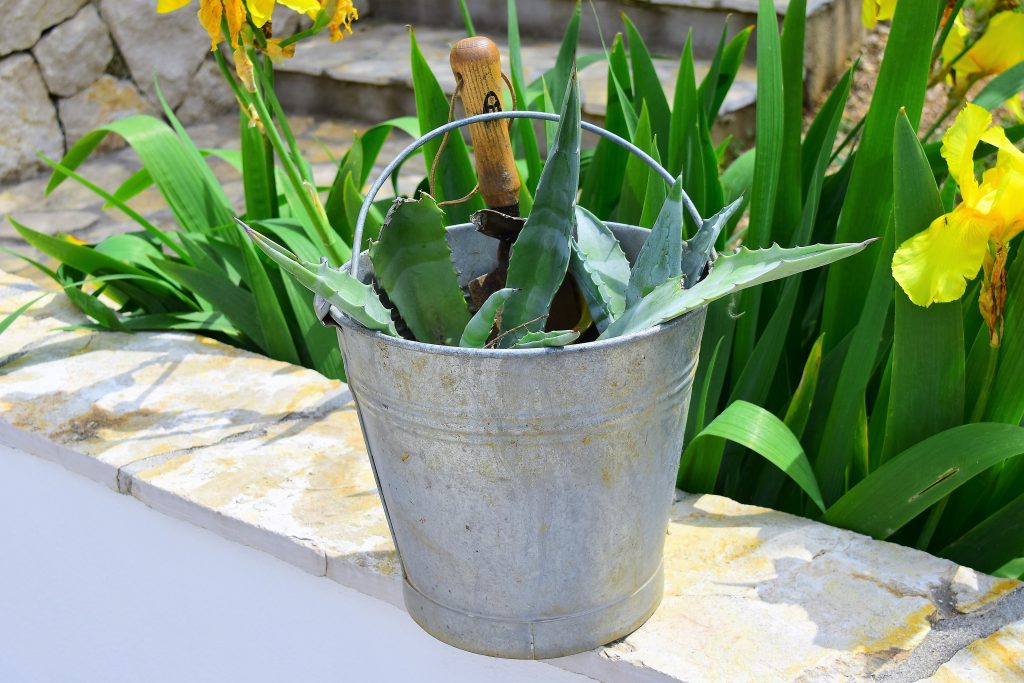
The agave americana to give it it’s full name is a native of Mexico and the US notably in the hotter states such as New Mexico and Texas where it is called the Century plant due to it’s longevity and the leaves are used in the making of tequila .It won’t survive frost or wet soil and I grow it on stony ground in full sun and on sloping ground , there is also a variegated aqave and I always grow these in pots as they are not as hardy or long lived in the ground . Snezana doesen’t like agaves as the spikes can give you a nasty nip and she and her Mother for years were surreptitiously rooting the young plants out of the ground until I cottoned on and we came to an agreement that I would only plant new agaves in a mutually agreed area … such is the art of compromise and why there is only room for one gardener in any garden !
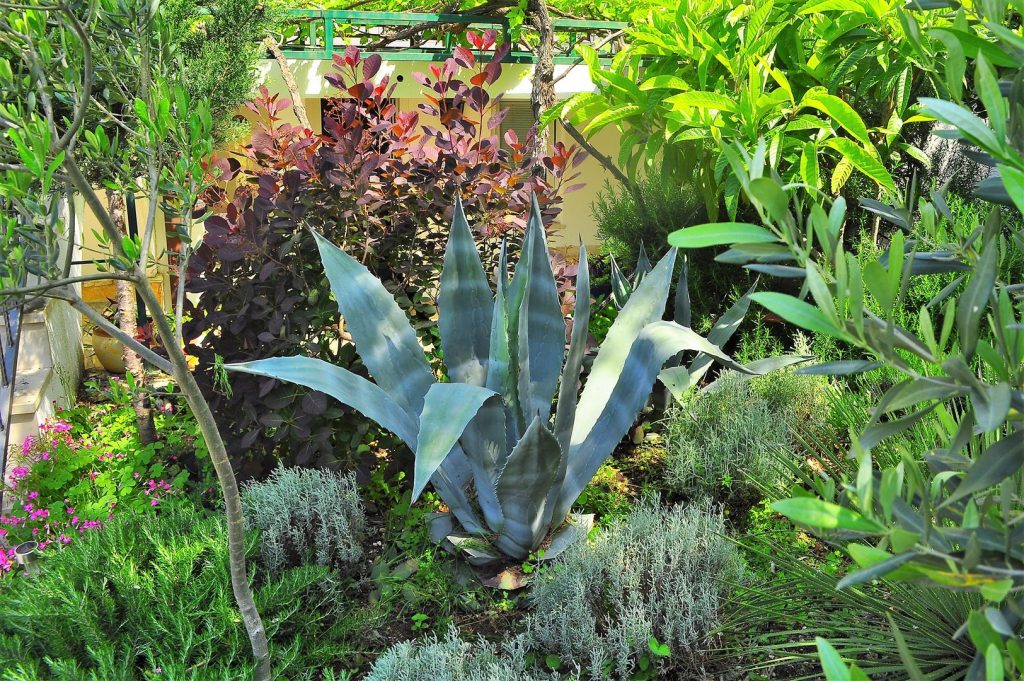

Another plant that shines in the Mediterranean /Adriatic is the iris and I photographed this on the Biokovo mountains above Gornja Podgora where it grows wild and this of course likes dry conditions which is why we don’t grow it in Ireland but then we don’t have to as the wet loving flag iris just floods into the garden . I like the iris even when it is not in flower as the leaves provide strong structure .
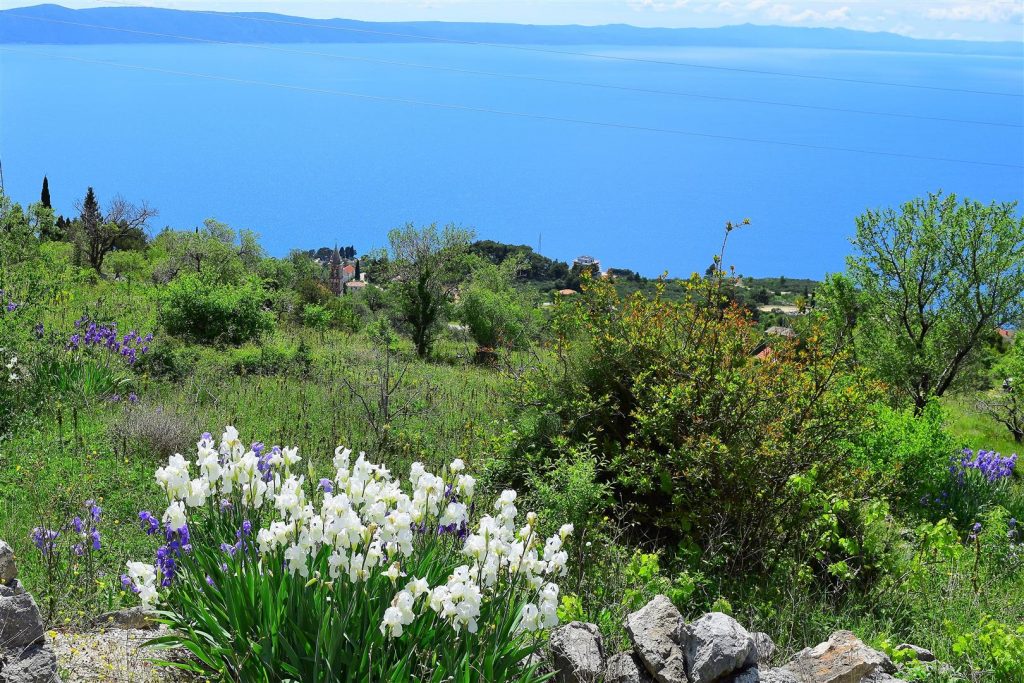
Plants of course do better in the environment they were originally from so Mediterranean / Adriatic shrubs etc. naturally are different altogether than what we in Ireland and the British Isles subject them to in our gardens and plants such as lavender , rosmary , sage are just pale imitations for us subject as they are to our too watery conditions . Music transferred from it’s natural region is similar and I always feel that country songs sound different sung by singers from Texas and Nashville than the watered down versions you hear performed by Irish pub / showband warblers , this of course works in reverse when you hear Irish and Scottish songs sung by American singers , a case in point being that beautiful song the Dutchman sung by our own wonderful Liam Clancy and then listen to a version by Jerry Jeff Walker , a great Texan singer but who just didn’t get it when he sings it .
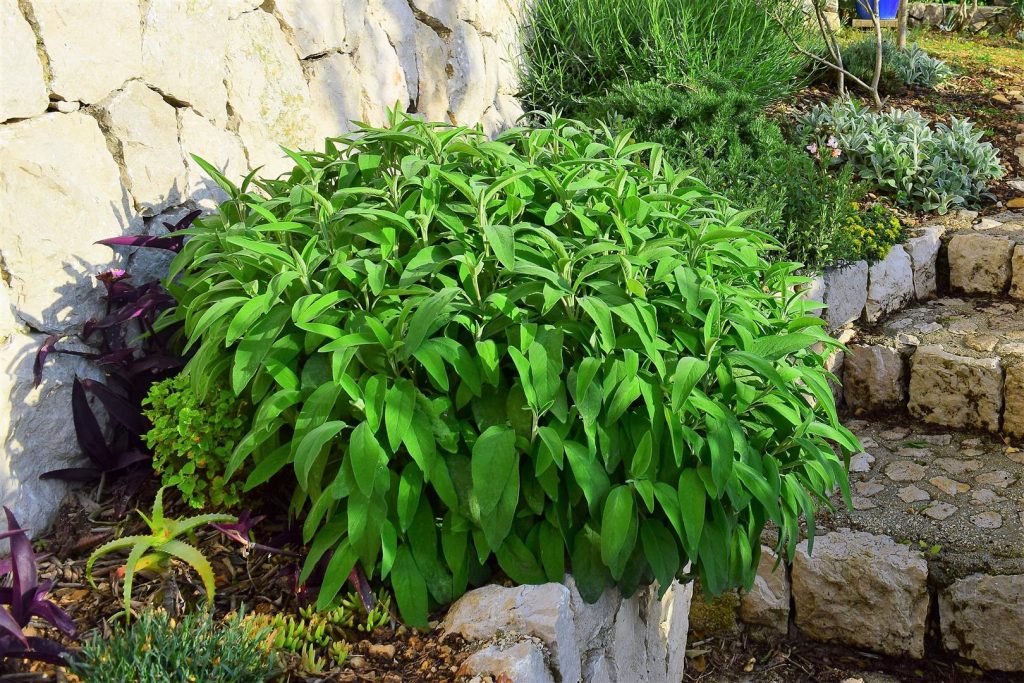
May is generally the start of the garden visiting season and we enjoyed an interesting visit from the Irish Garden Plants Society on Sunday May 19th who brought a group of seventy six visitors to the garden . The IGPS is a group dedicated to the study and preservation of plants native to Ireland , all experts in gardening who were a pleasure to host , not the best of weather during their visit with umbrellas to the fore , a soft day as we say in Ireland ! The Society draws members from all over Ireland and this year held their AGM in Clonmel and they certainly do things with style and an attention to detail with a committee having first visited here last July to recce the garden . We were invited to attend their annual dinner the night before as their guests and after their visit to the garden their chairman presented a beautiful book to Snezana , as I said previously this group do things with style .
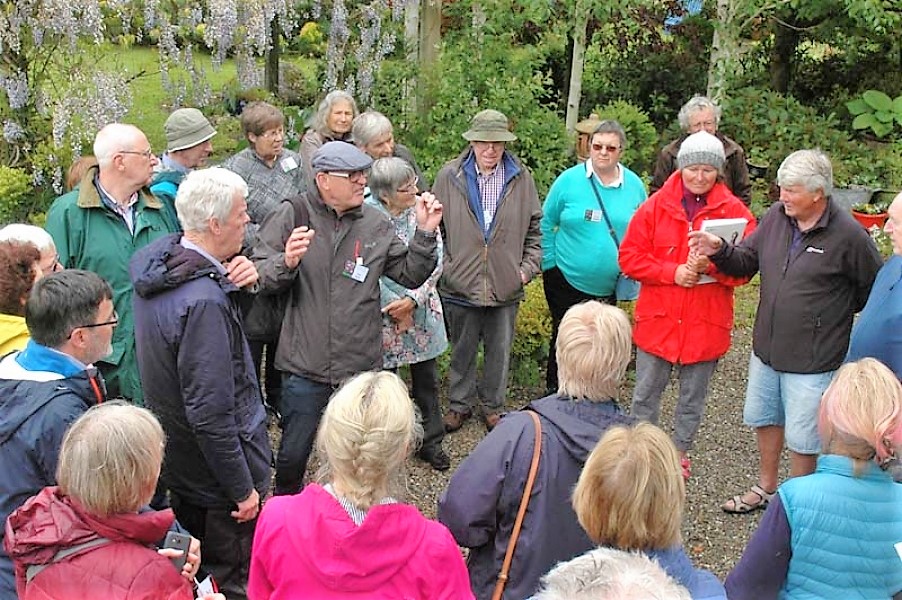
Following their visit The Irish Garden Society featured the garden on their web page https://irishgardenplantsociety.com/petrovska-garden-agm-2019/
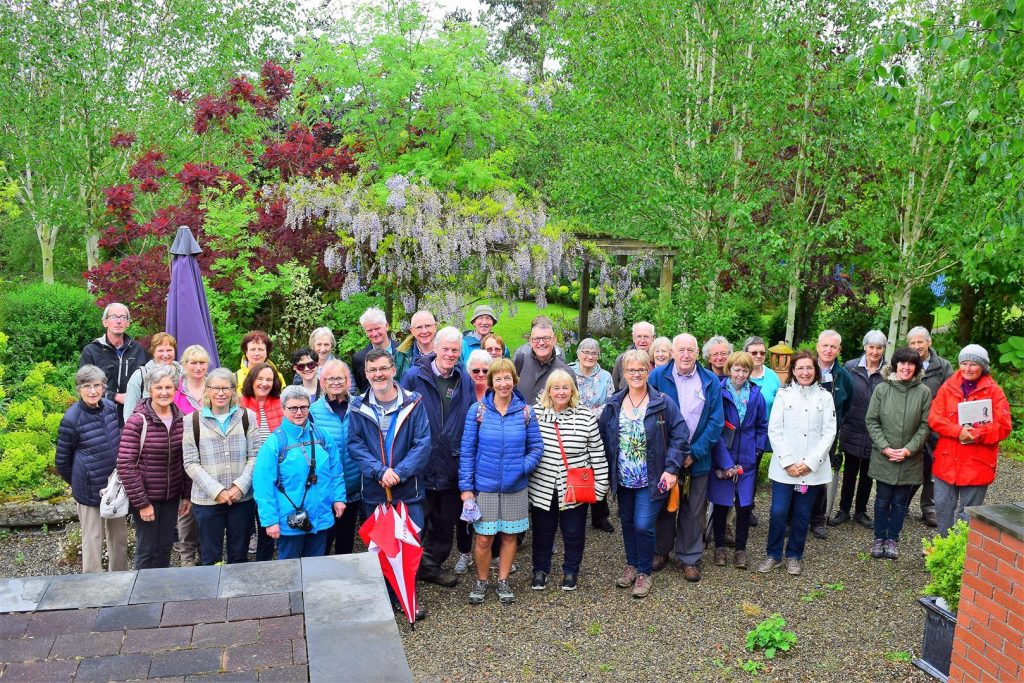

Wisteria is the climbing plant I regard as the quintissential English plant although it is a native of China and only imported into England in the early 1800’s by members of the East India Company working in China , it can grow up to 90 feet given the right conditions . Generally I don’t grow plants or shrubs for their flowers but I make an exception for wisteria as it is a terrific climber on pergolas and when not in flower the golden leaves are great but the flowers … ah the flowers , carried on long racemes and lasting only three weeks are fabulous and stops people in their tracks .

It takes a good five years in the ground before wisteria will flower , it likes full sun and comes in white or purple versions and I prefer and grow only the purple version .
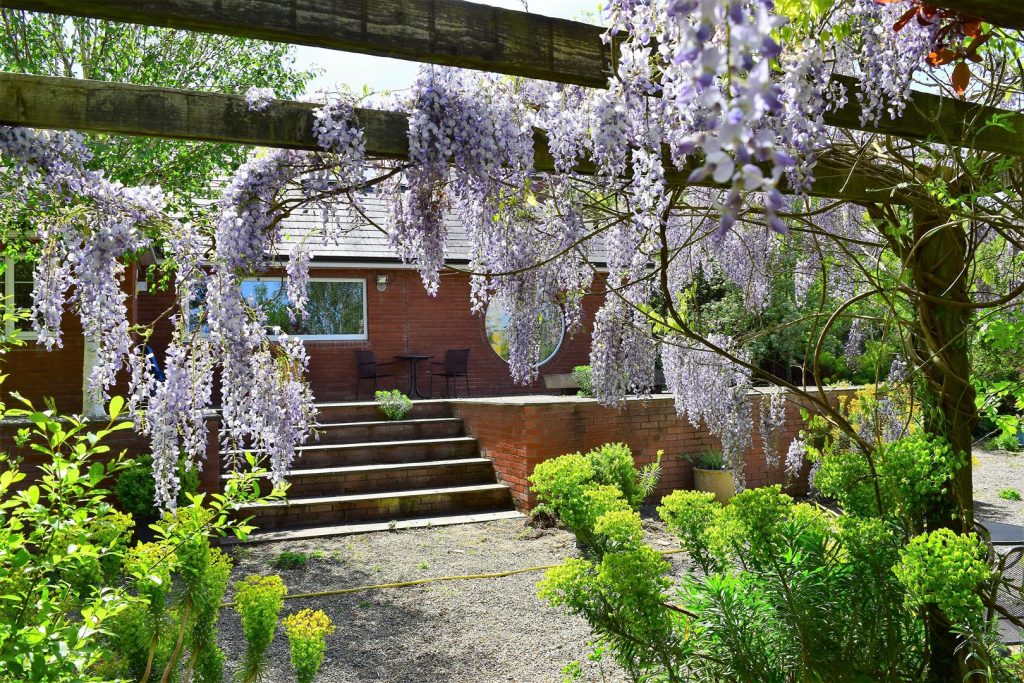
The Chelsea Garden Show ended last week and while I have never felt the need to visit during it’s five days I watch all the programmes about it on BBC 2 and this year’s theme was wild gardening , back to nature , bees etc. wild weeds in the borders and the show gardens were all about conservation with none of their usual Chelsea unattainable type over the top showy stuff to such a degree that what are normally classed as weeds such as white cow parsley were the dominant plants . Naturally I loved it and it seems that Chelsea is at last listening to media and public criticism about being out of touch with what happens in normal gardens .
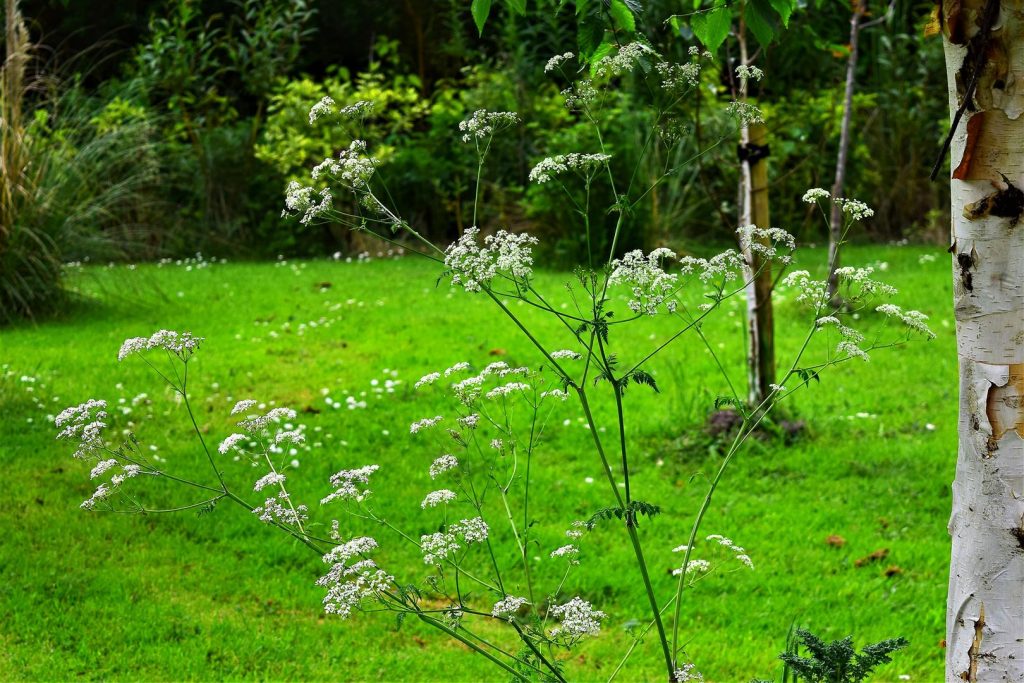
One of the best female garden writers, Rachel de Thame , was back at Chelsea this time having missed last year due to cancer treatment and in last Sunday’s Sunday Times she wrote movingly about her illness “ I looked out over the backs of buildings during my chemotherapy sessions but was able to focus on a large tree rising above the rooftops following it’s progress from bare branches to stems laden with foliage as my treatment came to an end. That view connected me with a world beyond illness, the common place beauty of a single tree reminding me that life in all it’s forms is wondrous and worth fighting for .”


Leave a Reply